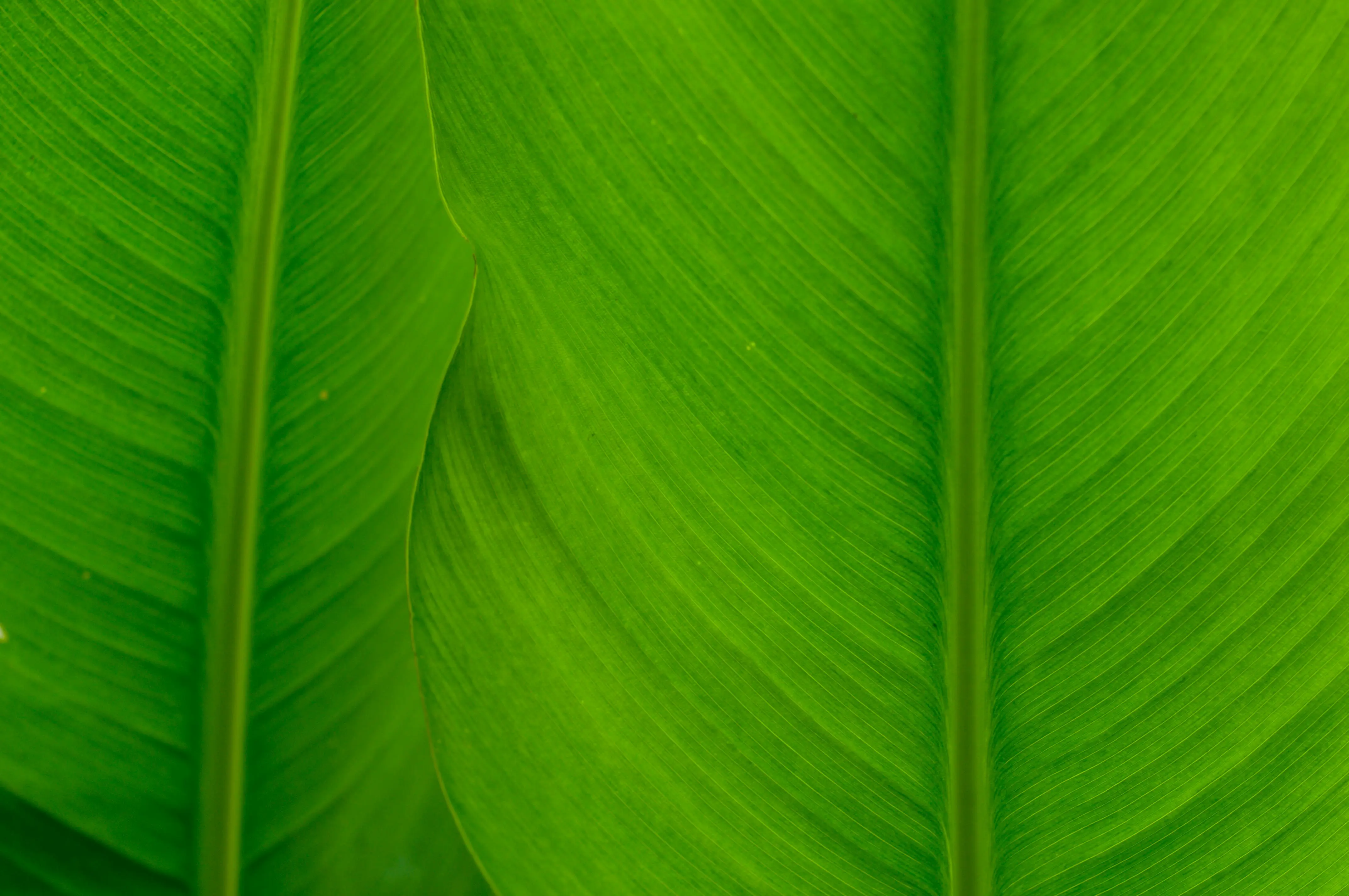Hybrid Intelligence Revolutionizes Plant Health Monitoring From Space

Hybrid intelligence is being used to enhance how we monitor plant health from space. This novel approach combines traditional models with artificial intelligence (AI) to accurately assess plant health by analyzing data gathered from satellites.
The method begins with physical models that explore the interaction between light and plants. These models help determine the relationship between a plant's chlorophyll (a green pigment crucial for photosynthesis) and the reflectance data, which indicates how plants reflect light. In the second stage, this data is used to train AI models. These models then automate the calculation of plant health metrics.
According to Dong Li, the lead author of the study, this hybrid intelligence approach addresses the limitations of traditional methods that rely on reflectance data from the Earth's surface. These older methods often face challenges such as cloudy weather, which can obscure surface data. In contrast, the new AI models can estimate chlorophyll content directly from satellite data, providing more consistent results.
This development holds significant potential for agriculture and environmental monitoring. By improving how we track plant health, this method could help farmers optimize crop yields and researchers better understand ecological changes. However, like any new technology, there are uncertainties. The method's accuracy across different environments or plant types needs further exploration. Additionally, as with all AI-driven tools, the quality of the initial training data is crucial to the system's overall effectiveness.
Overall, while promising, ongoing research and testing will be essential to refine these AI models to ensure they provide reliable insights under various conditions.